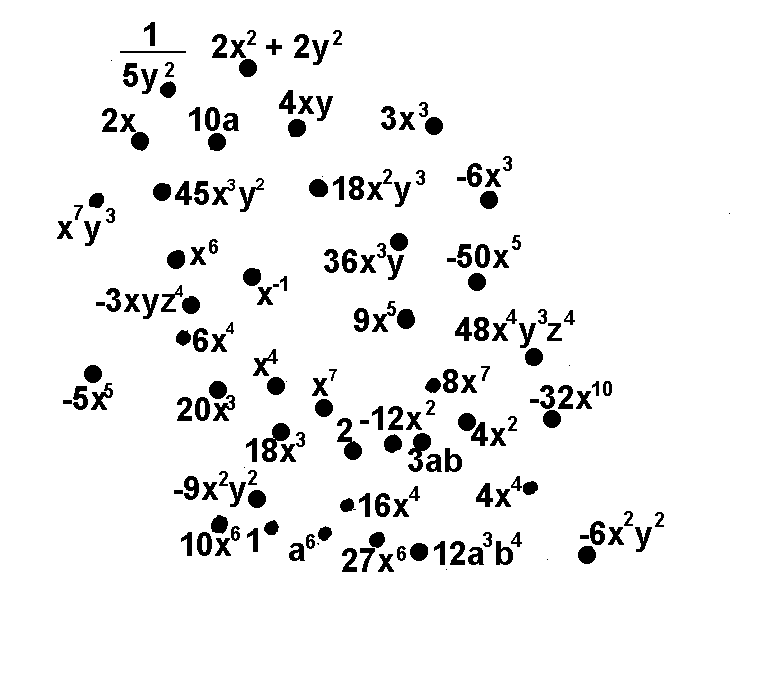We’ve played it before
while growing up, connecting the dots. Searching for direct value for the
organization applies the same principles, the business has to work out
which business activity directly impacts another activity whilst being enhanced
or weakened by the ones prior.

Figure 1 - Simple Connect the Dot
Unfortunately, the realities
of most organizations are highly complex interchanging inputs and outputs which
can only be described by the figure below.

Figure 2 - Reality of Connecting the Dot within the Organization
Like all puzzles, one needs to begin, well,
from the beginning and identify the end in sight. This is where business
philosophy takes several stands.
- The Vision first
- The People and Values first
- Customer first
These are all well and good, but businesses by its very nature is a production engine, to create either products or services. So I take an extremely
practical approach of working out how the organization’s value chain works from
production to ultimately customer consumption. Porter (1985) worked it out as
Value Chain, and it was soon focused towards the left -> supply side, where we have
a series of findings under Supply Chain Management. More focus also occurred on
the right of the Value Chain and we have Customer Demand Management and Customer
Relationship Management. In the middle, there’s a litany of literature on
operations efficiency, management and quality principles.
Needless to say, because of the vast array
of knowledge, the company or rather the people within the organization struggle
to avoid reinventing the tacit knowledge of running a great company.
Therefore, like all manner of problems that
are too large, we have to break them out into chunks. But more importantly,
create an immediate feedback loop to understand how one department’s actions
create positive or negative karma throughout the organization. Especially those
sowed by individualized performance indicators that result in a zero sum
outcome.
An overarching intelligence needs to exist
in order to coalesce the corporation’s tacit knowledge and ensure its perpetuity, and this lies within
the organization’s leadership and the efficiency in cascading and reinforcing
findings.
No comments:
Post a Comment